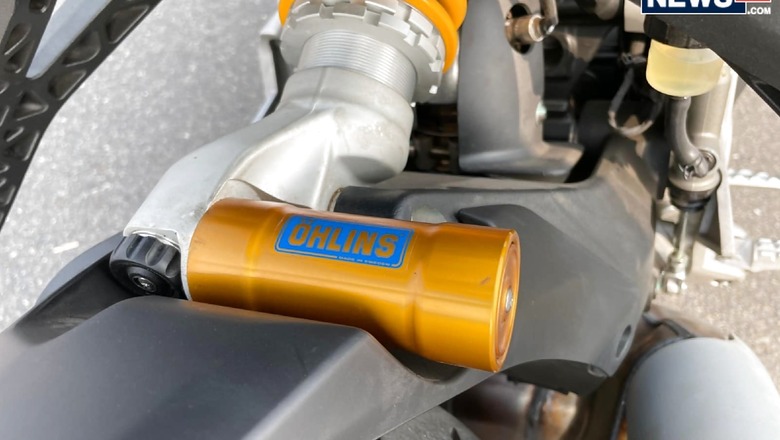
views
One significant advantage of wrenching on a motorbike over a car is the ease of access. Although the maintenance intervals on a motorbike are shorter than those on a car, many of the jobs are probably easier as the parts are visible. Consider adjusting the throttle cord. And, while we’re on the subject of maintenance, properly setting your motorbike suspension is just as important for efficiency and safety. Furthermore, although tinkering with a car’s suspension is sometimes a time-consuming and hard procedure, doing it with your bike is significantly simpler on the DIY skill scale. So, here’s a guide to get you started.
Adjusting the spring preload
To do this, first set the motorbike down on a flat surface. Then examine the swing arms and ball bearings of wheels for wear. After that, you need to raise the back of the bike till the suspension is fully stretched. Then take measures from the axle to the top of the rear subframe. Allow the bike to settle on its suspension and take another measurement.
Take a second measurement with the rider in full gear (with pillion/luggage, if appropriate) sitting on the motorcycle in their riding posture. The variation without the rider must be 6-12 mm. The margin with the rider (and pillion/luggage) ought to be 35-50 mm. After that pull the spring collar downward to minimise sag and up to enhance it, reports said.
Changing the rebound
Compress and rebound settings could be available based on the shock. The most significant influence on the bike's handling is rebound adjustability. Begin by twisting the adjustment knob beneath the springs all the way in, and then all the way out (counterclockwise), noting the count of "clicks" as you go. Halfway is a decent starting point. The fine-tuning will then be classified by the characteristics of the bike, rider style, and terrain. Wind in a few clicks at once if the bike seems loose and unstable, then go for a ride to test the conditions you plan to ride in. Wind out a few simple clicks and determine whether the bike seems too harsh.
Fixing the compression
If your shocks have to compress adjustment, turn it clockwise until it comes to a complete stop. Wind in a few ticks at a time if the motorcycle seems soft and bottoms down easily, then take a test ride. Wind out a few clicks and evaluate if the bike feels too firm over bumps if the back tyre bounces during braking.
Also Watch:
Setting the Ride Height
At the bottom of the shock absorber, you will find an adjustable eye or clevis you can adjust to fit. Be sure to unscrew the shock's nut first and relock it afterward if it has a locking nut. If you lengthen a shock to fit your height, you may alter your bike's handling and steering. The steering becomes ‘nervous’ when the rear is raised. The bike may feel floaty while remaining stable when it is lowered.
Read all the Latest Auto News here



















Comments
0 comment